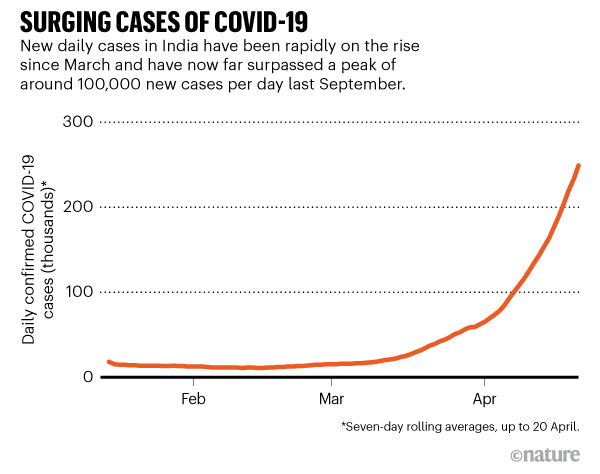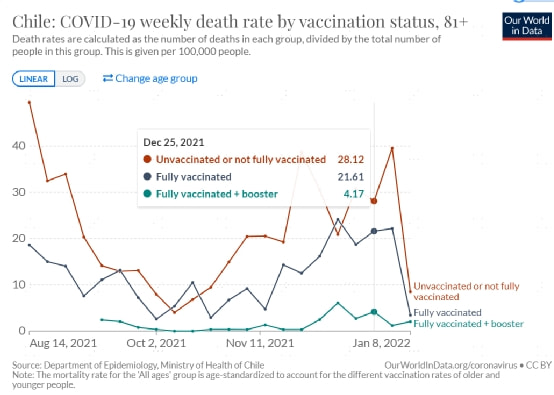In late 2019, the world was hit by a novel virus that caused a global pandemic, known as COVID-19. The outbreak began in Wuhan, China, in late December 2019, with the first confirmed case reported on December 31st. The virus quickly spread across China and within a few months, it had reached every continent in the world. The World Health Organization (WHO) declared a global pandemic on March 11th, 2020, as the number of cases and deaths continued to rise exponentially.
The exact date of the beginning of the pandemic is difficult to pinpoint as it is believed that the virus may have been circulating for weeks or even months before the first confirmed case was reported. However, for the purpose of this article, we will consider the start of the pandemic to be December 2019.
As for the end of the pandemic, it is still uncertain. The virus has continued to spread across the world, with new variants emerging and causing challenges for governments and health systems around the globe. However, with the development of vaccines and the rollout of vaccination programs in many countries, there is hope that the pandemic will be brought to an end.

It is difficult to predict an exact date for the end of the pandemic as it depends on many factors such as the development and distribution of vaccines, the adherence of people to health protocols, and the effectiveness of government policies in containing the spread of the virus. However, with the global effort to combat the pandemic and the development of effective vaccines, it is hoped that the end of the pandemic is in sight.
The impact of the COVID-19 pandemic has been devastating, with millions of lives lost and countless others affected economically and socially. The pandemic has caused major disruptions to global supply chains, economies, and society, resulting in job losses, business closures, and a rise in poverty and inequality.
In response to the pandemic, governments around the world have implemented various measures to contain the spread of the virus, including lockdown measures, social distancing, and travel restrictions. These measures have been effective in reducing the spread of the virus but have also caused major disruptions to people’s lives and economies.

The development of vaccines has been a major breakthrough in the fight against COVID-19. Multiple vaccines have been developed and approved for use, with many countries rolling out vaccination programs to protect their citizens. The widespread vaccination of populations is expected to help bring an end to the pandemic as it will help reduce the number of new cases and reduce the transmission of the virus.
In conclusion, while it is uncertain when the COVID-19 pandemic will officially end, there is hope that with the development of vaccines and global effort to combat the virus, an end is in sight. It is important that we continue to follow health protocols, get vaccinated, and support each other during this difficult time.
Note: Please note that the situation is constantly evolving and the information provided in this article may change as new developments occur. It is important to stay informed and follow the latest guidelines and advice from your government and health officials.

发表评论
暂时没有评论,来抢沙发吧~